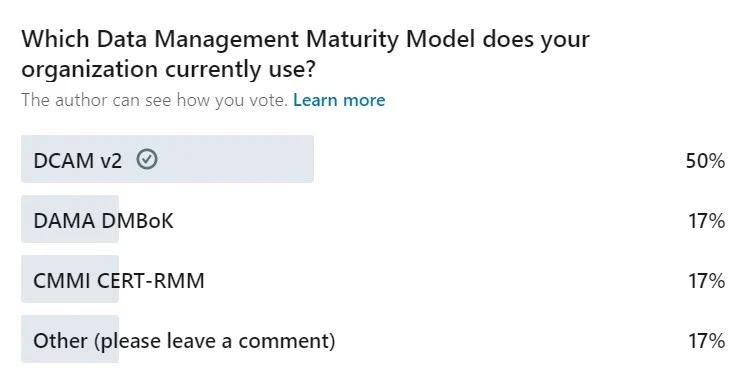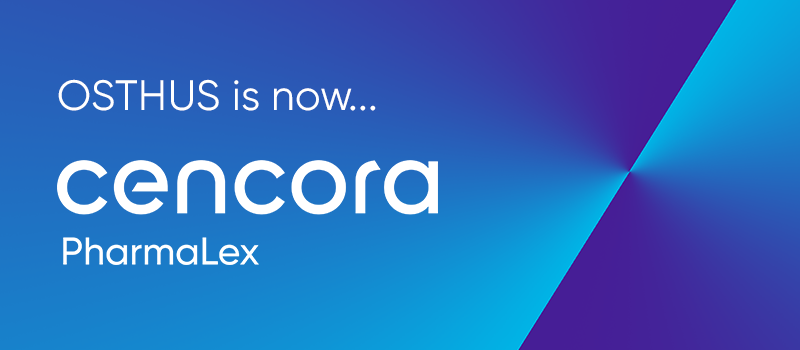Picking the right maturity model is one of the most critical decisions for an organization’s data strategy."
The Data Management Maturity Model (DMMM) provides guidelines to help organizations build, improve, and measure their enterprise data management capability. It is a consistent, organization-wide framework used to implement data management practices. This leads to data that is accurate, timely, and accessible across the entire organization. The DMMM follows data strategies, policies, and regulations that align with industry standards.
What does the DMMM provide?
- A pragmatic step-by-step approach to building, embedding, and measuring data management capabilities.
- A standard method each divisional data office can use to track progress.
- A consistent benchmark to compare data councils (i.e. groups of data stakeholders).
- A granular list of artifacts to demonstrate evidence and progress.
The history of maturity model dates back to August 1986, when the Software Engineering Institute (SEITM) at Carnegie Mellon University, began – with assistance from the MITRE Corporation – to develop a maturity framework that would help organizations improve their software processes.
Since then, data management models have evolved, and now there is a plethora of options to choose from. Some of the best known are DAMA-DMBOK, DCAM v2, CMMI CERT-RMM, IBM Data Governance Council Maturity model, Stanford Data Governance Maturity Model, Gartner’s Enterprise Information Management Maturity Model and Orange Maturity Model. We conducted a survey to establish which maturity models are most commonly used.

According to the results, 50% of respondents use DCAM v2 (Data Capability Assessment Model from the EDM Council), whereas 17% use DAMA, CMMI custom maturity models. DCAM v2 is clearly a popular choice, however, it is essential to ensure that it is correctly implemented.
Your metadata can be linked from Collibra – or any other metadata management tool – to create an objective assessment of a data council's maturity. This assessment can then be displayed in a graphical dashboard that includes the following information:
- DMMM Heat Map: A heat map view on the data council's progress through the maturity model.
- Maturity Plans: A detailed view of the maturity model with status, target dates, and steps.
- Row-level Details: A detailed view of the maturity model straight from Collibra, or other metadata management tool.
- Data Policy and Compliance Framework (DPCF) Link: A link to the DPCF scorecard.
Reaching and Maintaining Maturity
Activities such as data modeling, logging of issues, and documentation of the IT estate are constantly evolving, so it is natural that not all data governance and management aspects of an organization will initially be mature. It is possible to improve one’s maturity level by implementing the appropriate changes, meaning that maturity is not a fixed state. Nevertheless, once maturity is achieved it is considered stable, so the occasional manifestation of issues does not immediately cause a loss of maturity level. For example, the process of changing data management tools could cause an organization to temporarily not observe compliance, but this would not be a problem as long as this is an approved migration period.
Summary
There are myriad of data management and governance maturity models available, each following their own approach. Our survey shows that DCAM v2 is widely used across the industry, providing a benchmark on data management maturity.
As an EDM Council member and DCAMv2 partner, OSTHUS holds expertise in most of the maturity models and can help companies align their data strategy and select the best maturity assessment toolkit. We have already carried out multiple maturity assessments for different life science organizations, and also offer our own custom data management maturity model. Our mantra is not to re-invent the wheel but to provide the best solution to your data management issues by leveraging natively available solutions. For more details, please book an early appointment with our data governance experts at OSTHUS.




